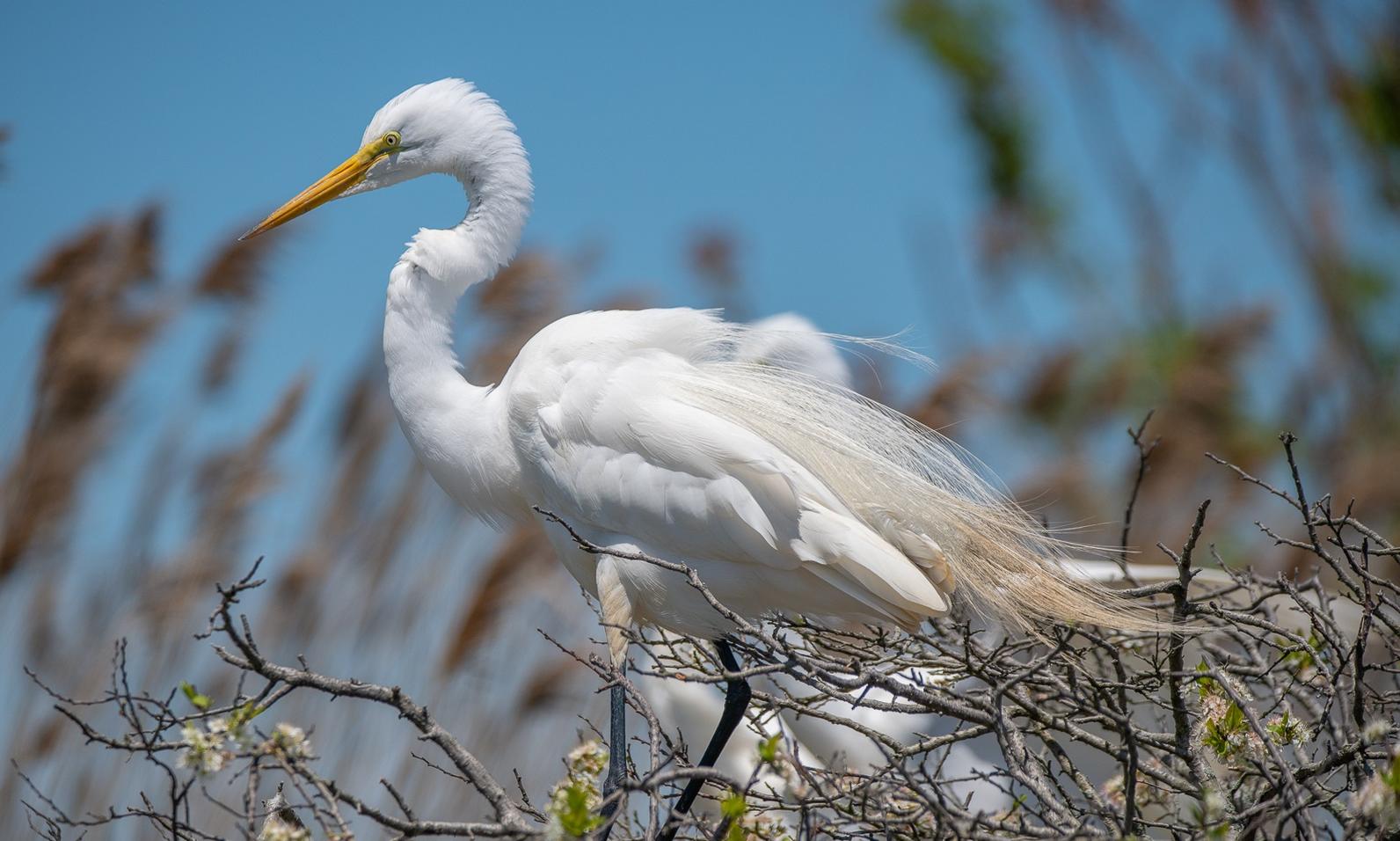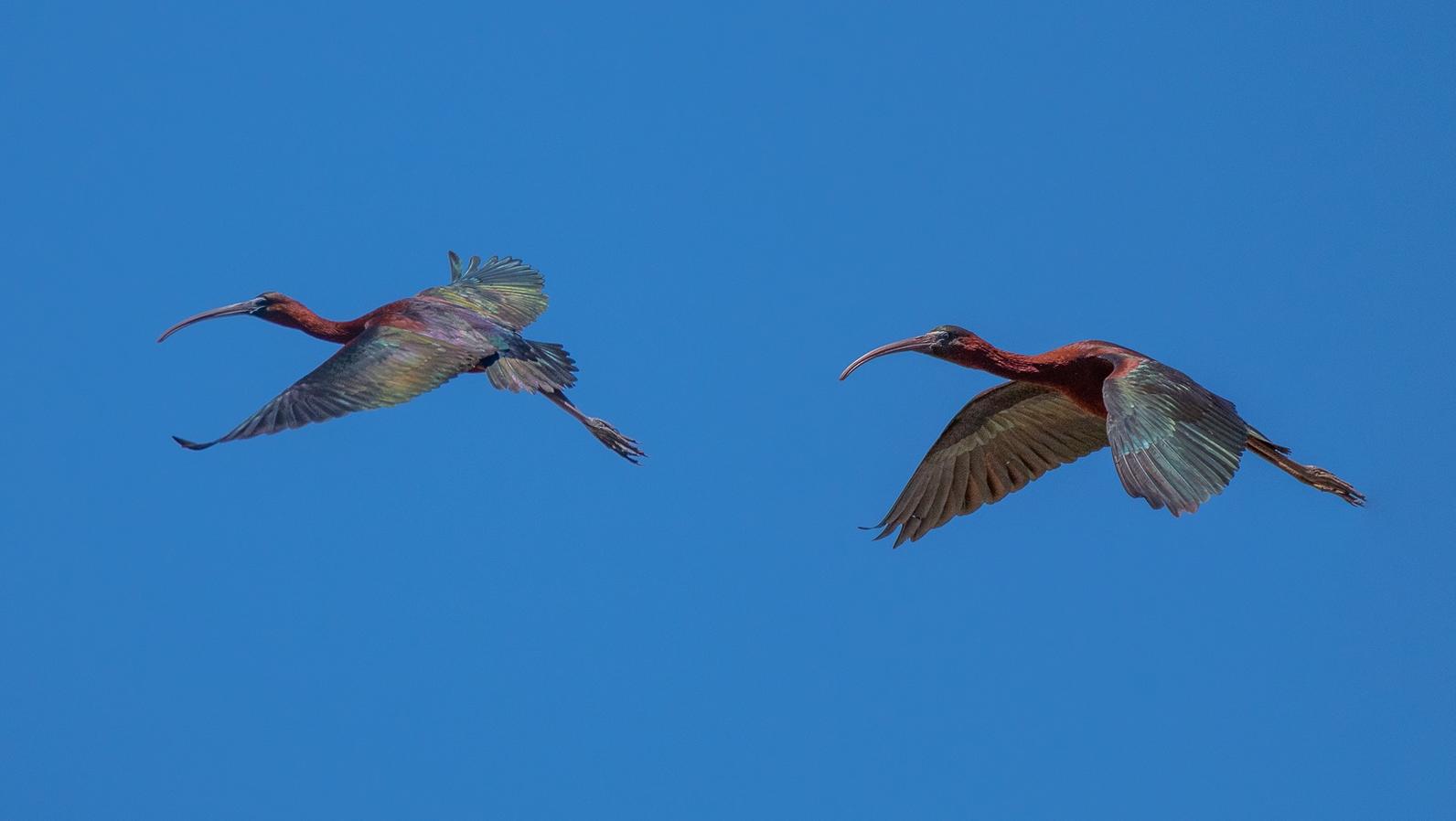Photographers Capture Importance of Conservation

Mike Busch is an award winning photographer who is willing to get his boat stuck in low-tide to achieve the perfect bird-at-sunset photo.
A Long Island resident, Mike spends most of his time in and around the Great South Bay and he is dedicated to the preservation of this area’s ecosystem and water quality. Mike created the incredibly popular Facebook group, Long Island Wildlife Photography, and of the Great South Bay Images Facebook page. His blog, Fire Island and Beyond, also features photos from - in his words - “some of the best photographers anywhere on Long Island.”
These resources foster an ethical, wildlife photo-sharing community. It doesn’t matter if you’re a pro or budding photographer, the name of the game is “do not disturb.”
You can make a difference through photography too! Use #SharetheShore when posting images of shorebirds, and include a conservation message or fun fact about the birds spotted.
LAYING THE GROUND RULES
When the Facebook group first began to grow, Mike made the decision to lay some photo-sharing ground rules for its members. “We didn’t want to be part of the problem,” he said. To help prevent potentially endangering situations, locations where photos are taken are not shared, and photos of certain species–such as the Snowy Owls that visit Long Island in wintertime–can only be shared once the animal has left the area.
The issue of unethical wildlife photography can be avoided if people are mindful of respecting the creature they are photographing; this means keeping your distance (a camera with a powerful zoom lens is key!).
It’s especially important to give birds space during the breeding season. Beach-nesting birds like the Piping Plover are highly sensitive to human disturbance, which can scare off parents and leave their eggs and chicks vulnerable to predators and extreme temperatures.
Another way Mike likes to pair photography and conservation is by simply ensuring he “leaves no mark” – pick up any garbage you see along the way to capture your photo. “It’s all common sense,” he says.
A POWERFUL TOOL TO SPREAD THE MESSAGE

If practiced ethically, wildlife photography is a powerful conservation tool that can spread educational messages and engage people in the protection of threatened species.
Through Facebook alone, Mike says he has met many fellow photographers who care about wildlife – “everybody is getting better together; you can never stop improving.” By offering people a look at the local wildlife that in their natural habitats, the level of awareness – and possibly even commitment to their protection – will increase.
Many of the photos that Mike and others share feature wildlife in the habitat they depend on to survive. On Long Island, healthy, resilient coastlines are essential not just as habitat for birds and other wildlife, but also to protect coastal communities from storms, sea-level rise, and other effects of climate change.
The Old Inlet Wilderness Beach was one positive development that resulted from Hurricane Sandy, according to Mike. The area is home to a host of nesting birds such as Great Egret and Glossy Ibis. Keeping these coastal areas and the overall water quality healthy is a passion of Mike’s that translates through his photography and blog posts.
Editor of Fireislandandbeyond.com, and owner of Great South Bay Images, Mike can be reached at mike@greatsouthbayimages.com.
How you can help, right now
Donate to Audubon
Help secure the future for birds at risk from climate change, habitat loss and other threats. Your support will power our science, education, advocacy and on-the-ground conservation efforts.



